Pickling time in Türkiye: Seasonal recipes, cultural importance
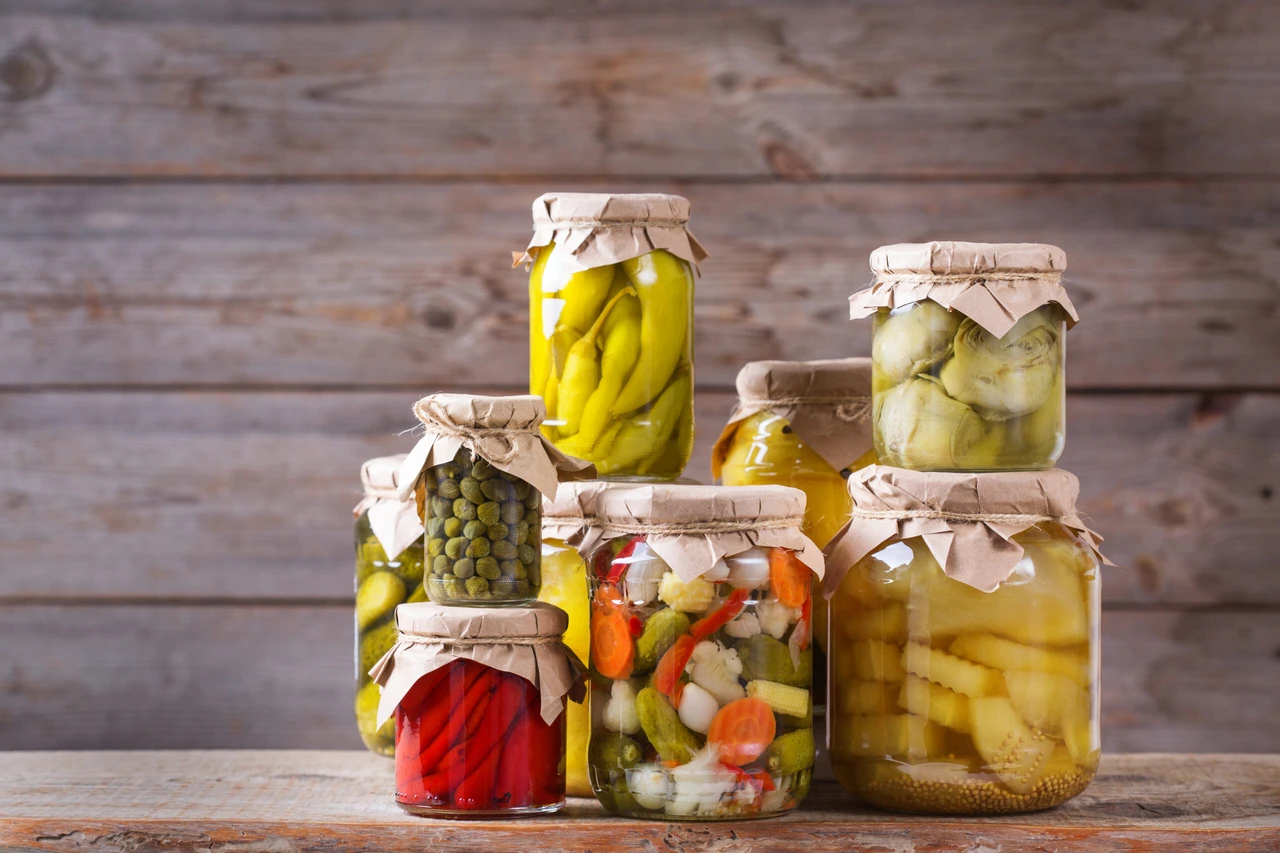 Discover the vibrant tradition of September pickling in Türkiye with our guide to the most popular recipes and cultural significance. September, 2024. (Adobe Stock Photo)
Discover the vibrant tradition of September pickling in Türkiye with our guide to the most popular recipes and cultural significance. September, 2024. (Adobe Stock Photo)
September holds a significant place in Türkiye’s agricultural calendar. This period marks not only the harvest season but also the perfect time for making pickles, a staple in Turkish cuisine.
Pickles are more than just a side dish in Turkish culture; they are a part of the country’s rich culinary heritage. Beginning in September, these flavorful delicacies are prepared to adorn tables throughout the winter. Popular pickling vegetables include cucumbers, cabbage and peppers.
If you’d like to try this traditional taste at home, simply fill jars with September’s harvest using a few easy recipes.
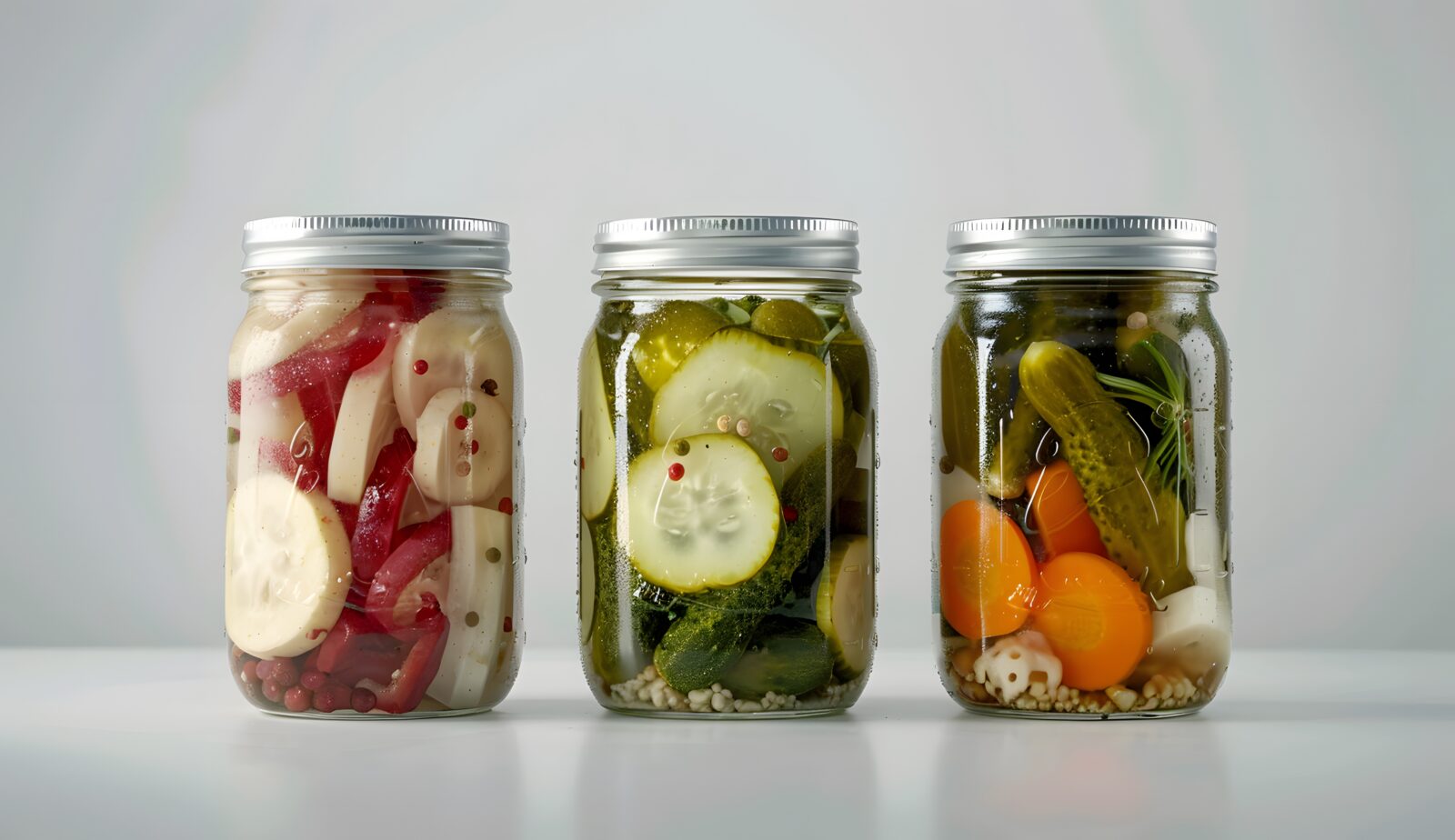
Pickling in Türkiye: A historical tradition
For centuries, pickling has been a core tradition in Turkish cuisine. This method of preservation allows vegetables to last through the winter, helping people enjoy their harvest for longer periods. Each region in Türkiye has its own types of pickles, based on the local produce. In the Mediterranean and Aegean regions, people often make pepper and cucumber pickles, while in the Black Sea region, cabbage and bean pickles are more common.
Pickling is not just about preserving food; it’s a way to bring families together. When September arrives, many families gather to prepare large batches of pickles using traditional methods. These pickles, aside from offering delightful flavors, also provide health benefits. The probiotics in fermented pickles support digestion and boost the immune system.

Most popular Turkish pickles in September
While every region has its unique pickling recipes, some vegetables stand out in September. Cucumbers, peppers and cabbage are among the most common choices for pickling during this period.
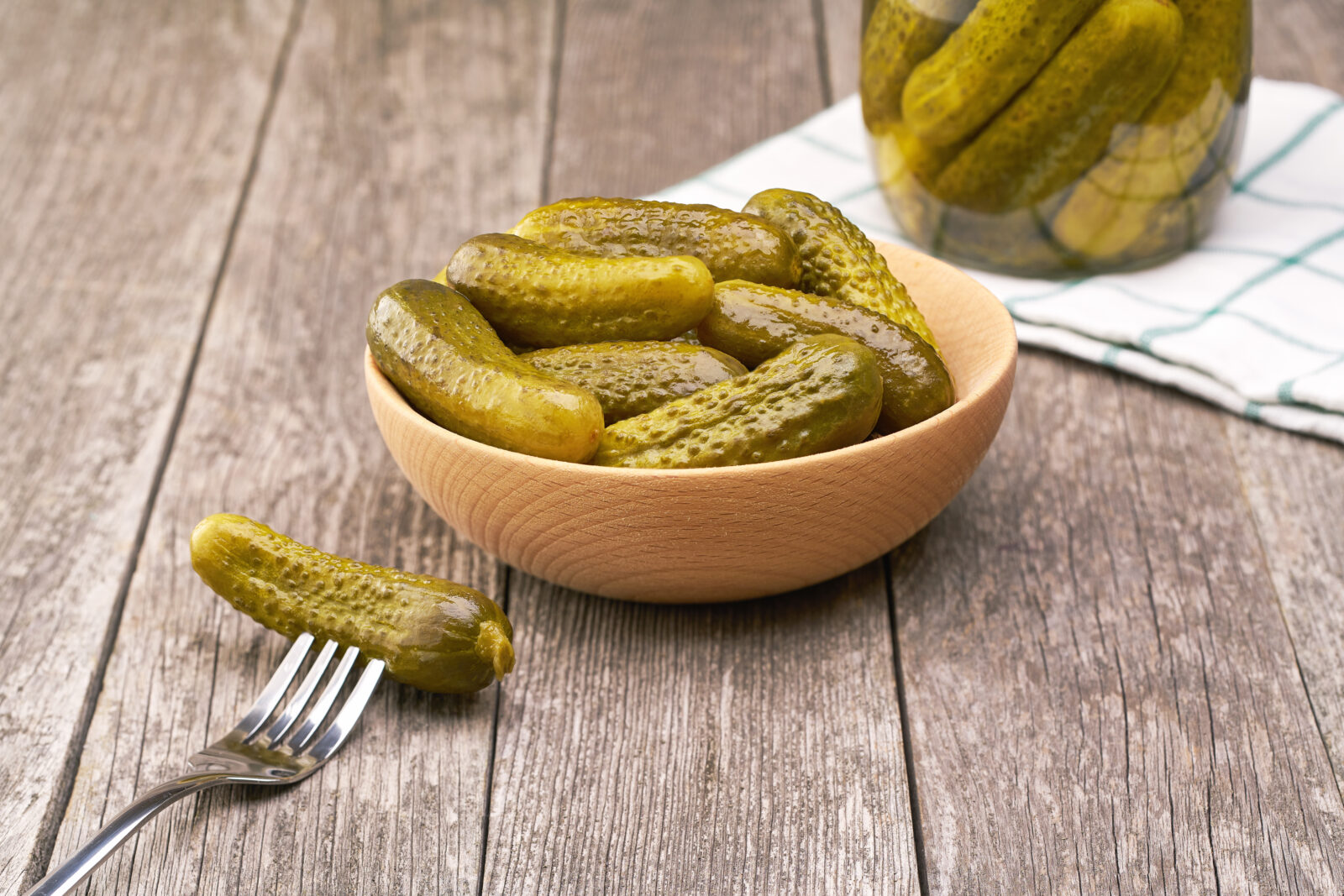
1. Cucumber pickles
Cucumber pickles are one of the most beloved types in Turkish cuisine. Freshly harvested cucumbers in September are perfect for quick pickling.
Traditional Turkish cucumber pickles are made with garlic, dill, vinegar, water, and salt, and they are ready to eat within a few weeks. These pickles are usually served as a side dish, especially alongside meat dishes, adding a refreshing crunch to the meal.
Recipe:
- 1 kg small cucumbers
- 1 head of garlic
- 1 bunch of dill
- 1 cup of vinegar
- 2 tablespoons of rock salt
- Water
Place the cucumbers, garlic, and dill in a large jar. Add water, salt, and vinegar. Seal the jar tightly and store it in a cool place for a few weeks. The result will be crispy and flavorful cucumber pickles.
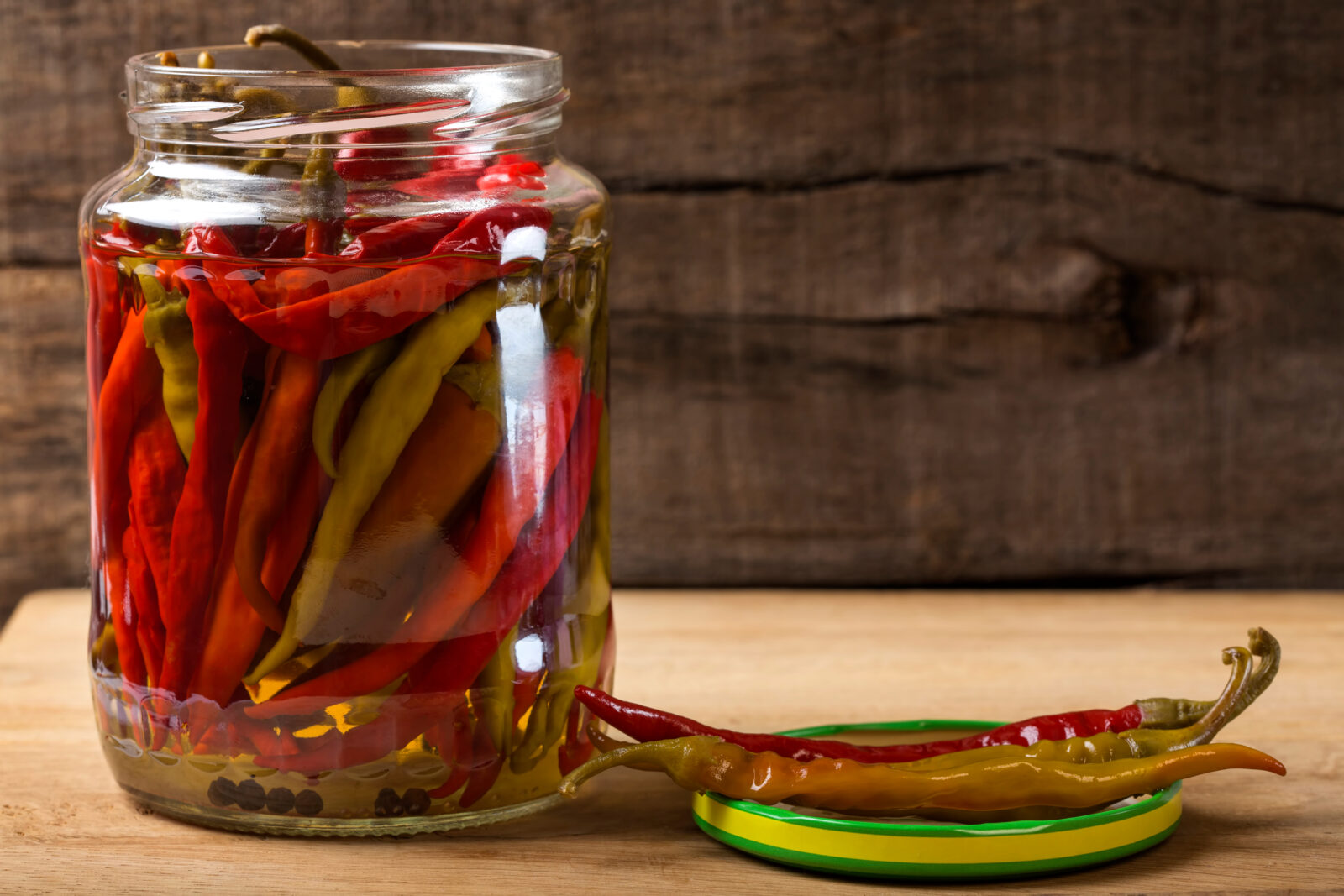
2. Pepper pickles
Pepper pickles are a favorite for those who love spicy flavors. People use various types of peppers to make this pickle, which is commonly served as a side dish or appetizer.
In different parts of Türkiye, people prepare sweet or hot pepper pickles depending on local taste preferences. In the Mediterranean, pickled bell peppers and long green peppers are popular, while in Eastern Anatolia, hot peppers take center stage.
Recipe:
- 500 grams hot or sweet peppers
- 1 head of garlic
- 1 cup of vinegar
- 2 tablespoons of rock salt
- 1 tablespoon of sugar
- Water
To begin the pickling process, clean the peppers, remove their stems and place them in a jar with garlic. Add vinegar, salt, and sugar, then fill the jar with water. Seal it tightly and let it sit for a few weeks. The result will be a tangy and spicy pickle perfect for any meal.
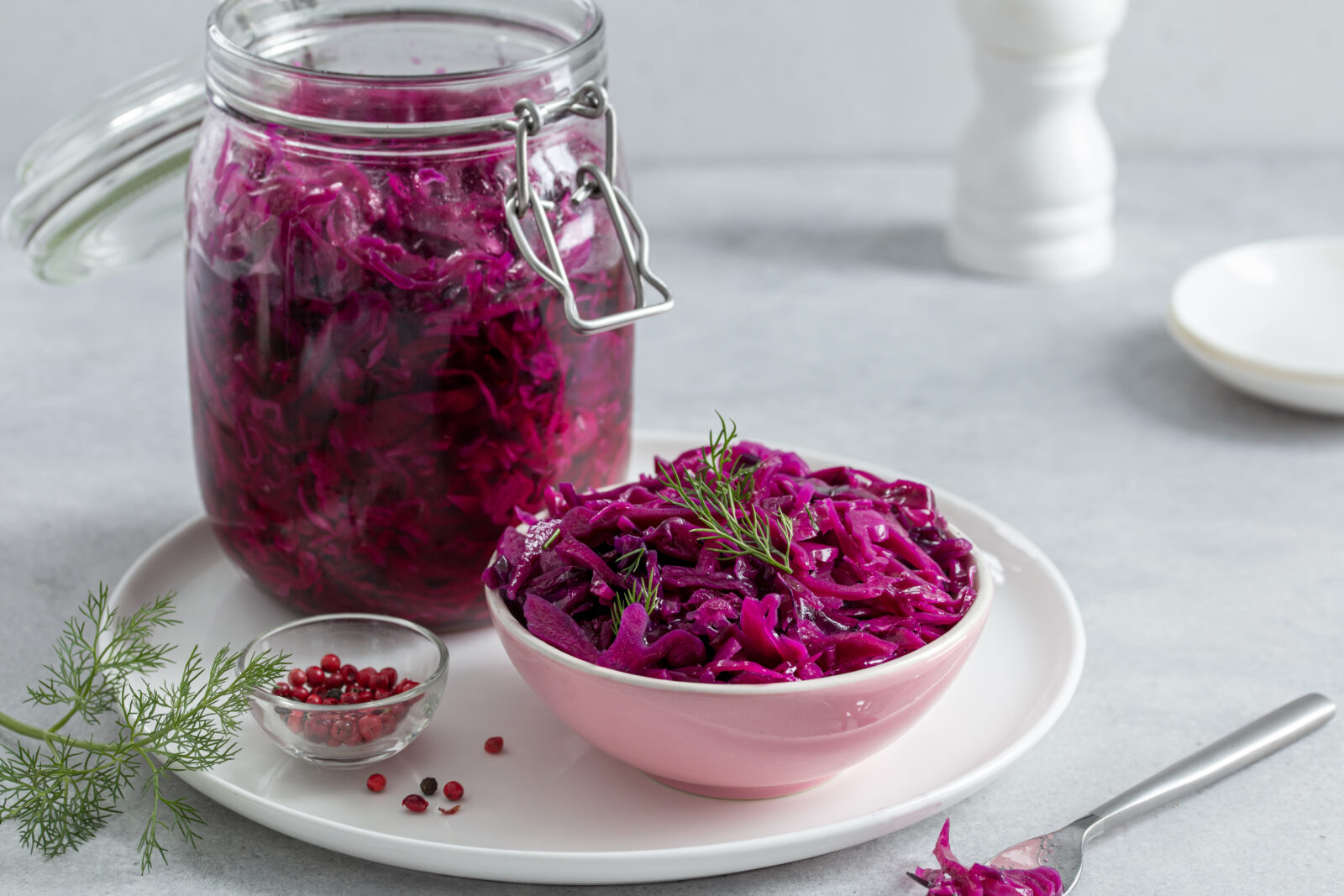
3. Cabbage pickles
Cabbage pickles hold a special place in the Black Sea region’s cuisine. The fibrous nature of cabbage and its fermentation process give these pickles a strong flavor. Cabbage pickles are especially popular in the winter, often served alongside meat dishes.
Recipe:
- 1 medium-sized cabbage
- 2 tablespoons of rock salt
- 1 cup of apple vinegar
- 1 head of garlic
- Water
Chop the cabbage into thin slices and pack it tightly into a jar. Add salt, vinegar and garlic, then fill the jar with water. Seal the jar and leave it in a cool place for a few weeks. The fermented cabbage pickles will be ready to enjoy during the colder months.

Cultural importance of pickles in Turkish cuisine
Pickles are more than just a food item in Turkish cuisine; they carry cultural significance. The process of making pickles brings families together, especially in rural areas where the tradition of pickling in large quantities remains strong. Families use passed-down recipes and techniques to prepare a variety of pickles each year.
Different regions across Türkiye take pride in their local pickling practices. In Eastern Anatolia, people enjoy hot pepper pickles, while the Aegean region focuses on milder varieties like cucumber and sweet pepper pickles. In the Black Sea region, cabbage and bean pickles dominate.
Pickles also play a crucial role in Turkish meals. During the winter months, pickles are almost always served alongside dishes. From soups to kebabs, pickles provide a salty and sour balance, enhancing the flavors of any meal.

Tips for making perfect Turkish pickles at home
If you’re planning to make pickles at home, keep a few key tips in mind. First, use fresh, seasonal vegetables. The fresher the produce, the better your pickles will taste. Secondly, the ratio of salt, vinegar and water is essential to the taste and texture of the pickles.
For the best results, use rock salt, which helps the vegetables release water and ferment properly. Vinegar, usually grape vinegar, adds the necessary acidity, but you can also use apple vinegar for a milder taste. The fermentation process varies depending on the type of pickle you’re making; some will be ready in a few weeks, while others might take a few months.
During the fermentation period, store the pickles in a cool, dark place to ensure they develop the right flavor and texture.
September is the ideal time to make pickles in Türkiye. With fresh cucumbers, peppers, and cabbage available, families across the country prepare various types of pickles to enjoy during the winter. Pickles not only add flavor to meals but also carry health benefits, making them a valuable part of Turkish cuisine.
More than just food, the tradition of pickling strengthens family bonds and preserves cultural heritage. Whether you’re making cucumber, pepper, or cabbage pickles, following traditional methods will ensure you enjoy authentic flavors that have been passed down through generations.



